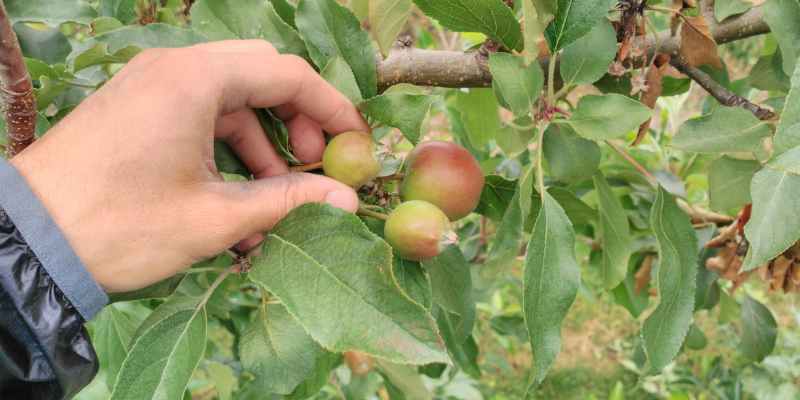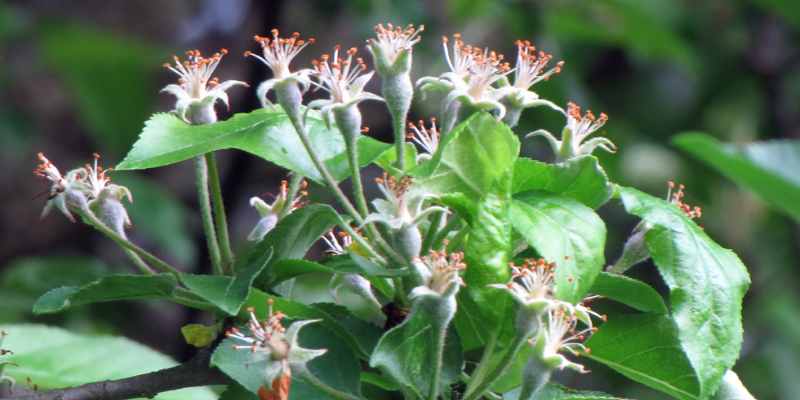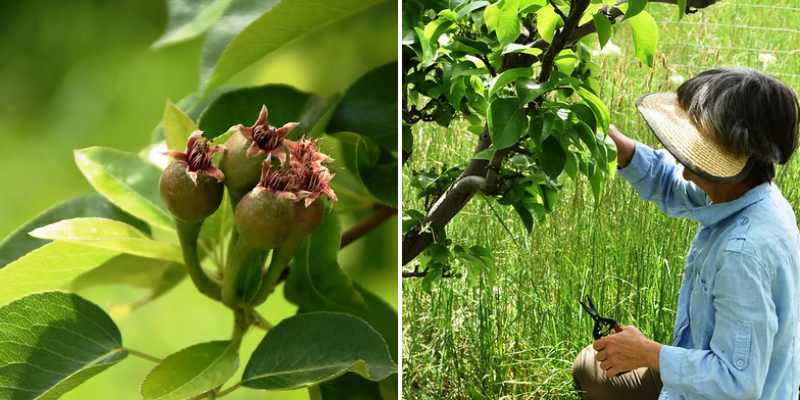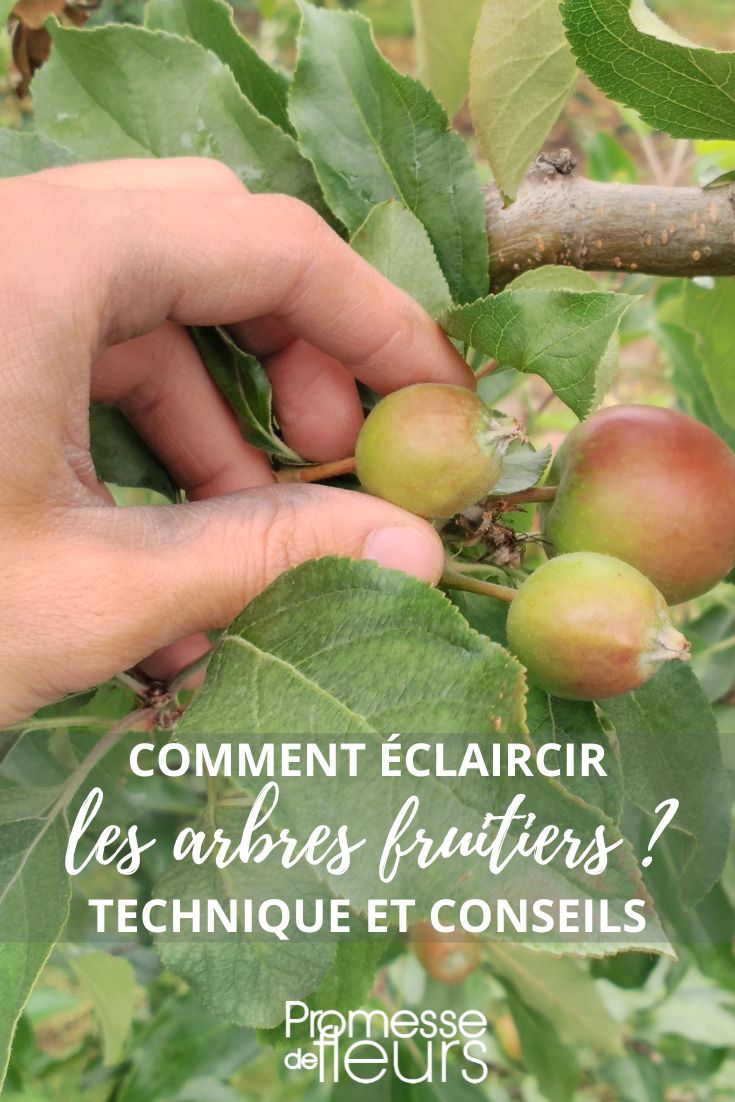Thinning fruit trees means reducing number of fruits on your fruit trees. This helps improve fruit size, flavour and texture. Can all fruit trees benefit from thinning? When and how should you thin apple, pear, peach or apricot trees? Discover our advice to master art of thinning fruit trees and so optimise your harvests!

Which fruit trees should be thinned?
Definition: Thinning a fruit tree consists of removing excess fruits so remaining fruits can develop better, improving their size, quality and preserving tree health.
Some fruit trees particularly benefit from thinning because they naturally set many fruits. Here are main fruit trees concerned:
- Apple trees
- Pear trees and nashi or apple‑pears
- Peach trees and nectarine trees
- Apricot trees
- Citrus trees
Good to know: normally, plum and cherry trees are not thinned. At most, you can carry out a green pruning (reducing length of some overly long branches) during fruiting to remove some fruits.
Why thin fruit trees?
Usually excess fruits drop naturally. But this is not always enough, so manual thinning is advisable.
- Improved fruit quality: Thinning allows tree to concentrate resources (water, nutrients, energy) on fewer fruits, improving size, flavour and texture.
- Reduced risk of disease and pests: when fruits are too numerous and too close together, air circulation is reduced, encouraging development of moulds and other fungal diseases. In addition, congested fruits can attract more pests that feed on damaged or rotting fruit.
- Prevention of branch breakage: by reducing number of fruits per branch, weight borne by branches is reduced, lowering risk of breakage. This is especially important for trees with fragile branches, such as plum and peach trees.
- Even ripening: without thinning, some fruits may remain small and immature while others reach full ripeness. Removing excess fruits helps remaining fruits ripen more uniformly.
- Reduction of biennial bearing: a fruit tree may produce heavily one year, then less the next, and so on. Thinning makes this alternation less pronounced.
- Finally, a fruit tree can become exhausted by producing too many fruits. Thinning lightens its workload.
Oli's little note: thinning is also very important during early years of your tree's life. Indeed, your young plant must concentrate nutrients on root production rather than fruit. Moreover, branches of a young tree are more fragile and more likely to break. It's hard, I know, but removing all fruits during first two years will ensure tree health for years to come.

When should you thin?
It's simple: just observe your trees! Do it just after natural fruit drop, that is when a number of fruits fall naturally. Manual thinning simply completes work started by nature.
Generally, thinning is done about 40 days after flowering, i.e. around mid to late June. Warning! If you have many fruits to remove, do it in two stages, about ten days apart. Indeed, this operation triggers an influx of sap that could cause additional fruit drop. Avoid thinning so much that it removes the year's entire crop.
Tools required
A simple sharp pruning shear or a pruning snip will be useful for thinning pip fruits (apples, pears, quinces) to cut the peduncle. Stone fruits (peaches, nectarines, apricots), which lack a peduncle, can be removed by hand.
How to carry out thinning?
As a rule, observation is key when removing fruits. Identify overloaded branches and clusters of fruits. Choose smallest fruits, deformed ones or those showing signs of disease or pests. Make clean, precise cuts with a clean, well‑sharpened pruning shear.

Apple trees, pear trees, citrus trees: pip fruits
Thin apple and pear trees about 40 days after flowering, in June. Leave one fruit per cluster, spaced 10–15 cm apart. Remove fruits by cutting the peduncle, from centre of clusters and the smaller fruits for apple trees. For pears, however, fruits on outer edges tend to be best and should be kept: remove small pears from centre of cluster in that case.
With citrus trees, such as oranges and lemons, thinning means removing excess fruits to avoid branch overload. This is done when young fruits reach olive size, leaving enough space between each fruit for optimal ripening.
Peach, nectarine and apricot trees: stone fruits
For peach trees, thin when fruits are about coin‑sized. Remove fruits so only one remains every 15–20 cm. Remaining fruits should be evenly distributed along branch.
Thin apricot trees in early June, when fruits reach about 2 cm diameter. Reduce clusters to leave one fruit every 5–10 cm. Remove weakest fruits and those at branch tips.
For these fruits without peduncle, remove them by hand, detaching them sideways.
please note: here we discuss only manual thinning in the garden. In commercial growing, mechanical thinning with machines and sometimes chemical thinning are used, notably in apple or olive production.
































Feedbacks